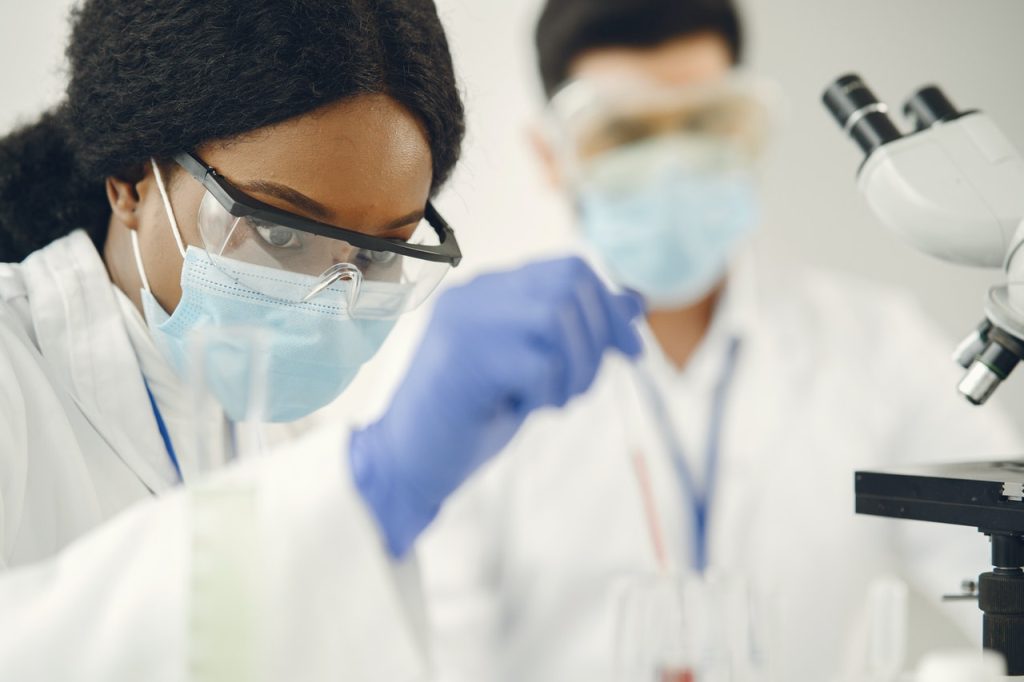Systematic Biases on Race and Gender at Play in Clinical Trials

Randomized controlled trials, or RCTs, are believed to be the best way to study the safety and efficacy of new treatments in clinical research. However, a recent study from Michigan State University found that people of colour and white women are significantly underrepresented in RCTs due to systematic biases.
The study, published in the Journal of Ethnicity in Substance Abuse, reviewed 18 RCTs conducted over the last 15 years that tested treatments for post-traumatic stress and alcohol use disorder. The researchers found that despite women having double the rates of post-traumatic stress and alcohol use disorder than men, and people of colour having worse chronicity than white people, most participants were white (59.5%) and male (about 78%).
“Because RCTs are the gold standard for treatment studies and drug trials, we rarely ask the important questions about their limitations and failings,” said Nicole Buchanan, co-author of the study and professor in MSU’s Department of Psychology. “For RCTs to meet their full potential, investigators need to fix barriers to inclusion. Increasing representation in RCTs is not simply an issue for equity, but it is also essential to enhancing the quality of our science and meeting the needs of the public that funds these studies through their hard-earned tax dollars.”
The researchers found that the design and implementation of the randomised controlled trials contributed to the lack of representation of people of colour and women. This happened because trials were conducted in areas where white men were the majority demographic group and study samples almost always reflected the demographic makeup where studies occurred. Additionally, those designing the studies seldom acknowledged race or gender differences, meaning they did not intentionally recruit diverse samples.
Furthermore, the journals publishing these studies did not have regulations requiring sample diversity, equity or inclusion as appropriate to the conditions under investigation.
“Marginalized groups have unique experiences from privileged groups, and when marginalised groups are poorly included in research, we remain in the dark about their experiences, insights, needs and strengths,” said Mallet Reid, co-author of the study and doctoral candidate in MSU’s Department of Psychology. “This means that clinicians and researchers may unknowingly remain ignorant to how to attend to the trauma and addiction challenges facing marginalised groups and may unwittingly perpetuate microaggressions against marginalised groups in clinical settings or fail to meet their needs.”
Source: Michigan State University




